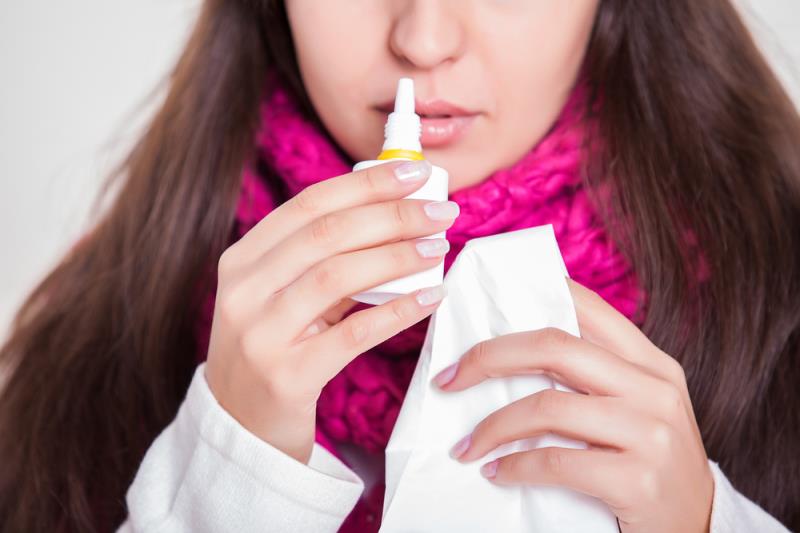Choose nasal topical therapies based on target region, patient compliance
Medical Writer

Physicians treating nasal conditions should bear in mind that different devices are better at delivering drugs to different nasopharyngeal regions, says an expert.
According to Professor Dr Michele Cassano, assistant professor of otorhinolaryngology at the University of Foggia, Italy, topical therapies can be attractive as they avoid systemic side effects and increase the activity of many drugs compared to other intake methods, but there are many factors that can influence their nasal and sinus distribution.
Speaking at the recent ENT Summit 2020 in Kuala Lumpur, Malaysia, Cassano described a study that demonstrated how the sizes of nebulized particles affected their airway deposition patterns, with particles >10 μm in diameter depositing mainly in the nose, 5–10 μm in the sinuses, and 1–5 μm in the lower airways. [Int J Immunopathol Pharmacol 2018;32:2058738418802676]
Other factors highlighted by Cassano included the irrigation volume being delivered, the necessary head positioning and angle between device and vestibule, the negative versus positive pressure of a nebulization device, an individual patient’s nasal and sinus anatomy, as well as the viscosity of the substance being delivered.
“Irrigation-type devices can deliver higher volumes than sprays, and may reach a larger proportion of the nasal cavities, but we need to be careful about patient compliance,” said Cassano, who noted that irrigating devices such as syringes tended to be more uncomfortable for a patient self-applying their treatment.
Cassano also highlighted a comparative study he conducted with a team of colleagues in Italy using six different nasal delivery devices on cadaver models. The study aimed to determine the intranasal deposition patterns of each device on six anatomic regions, which included the nasal vestibule, inferior and middle turbinates, nasopharynx, nasal cavity floor, and superior olfactory cleft. [Biomed Res Int 2019;4602651]
The nasal delivery devices tested in the study were the two-puff nasal spray, 2.5 mL single-dose vial, 2.5 mL irrigation syringe, 2.5 mL nasal Mucosal Atomization Device (MAD), 2.5 mL Spray-sol and 2.5 mL Rinowash nasal douche. The level of subsite surface staining was scored by four reviewers using an ordinal grading scale of 1 to 5 (1=0 to 20 percent, 5=81 to 100 percent subsite surface area stained).
Using a blue vegetable dye as a test solution, Cassano’s team found that nasal sprays scored below grade 2 in all six regions.
The other five devices scored between grades 2 and 5 for the nasal vestibule, nasal cavity floor and inferior turbinate, but the vial scored grade <2 for the middle turbinate and superior olfactory cleft, while the irrigation syringe and Rinowash performed as poorly as nasal spray in staining the middle turbinate and nasopharynx.
Spray-sol showed consistent grade 3+ staining of all six regions, while nasal MAD scored above a grade 2 for all regions except the nasopharynx.
“This study aimed to go further in understanding the importance of the nasal delivery device [in topical therapies],” said Cassano.
He added that in general, topical therapies and the delivery method of choice should be tailored based on the disease, severity of symptoms, as well as the patient’s acceptable level of cost and compliance.